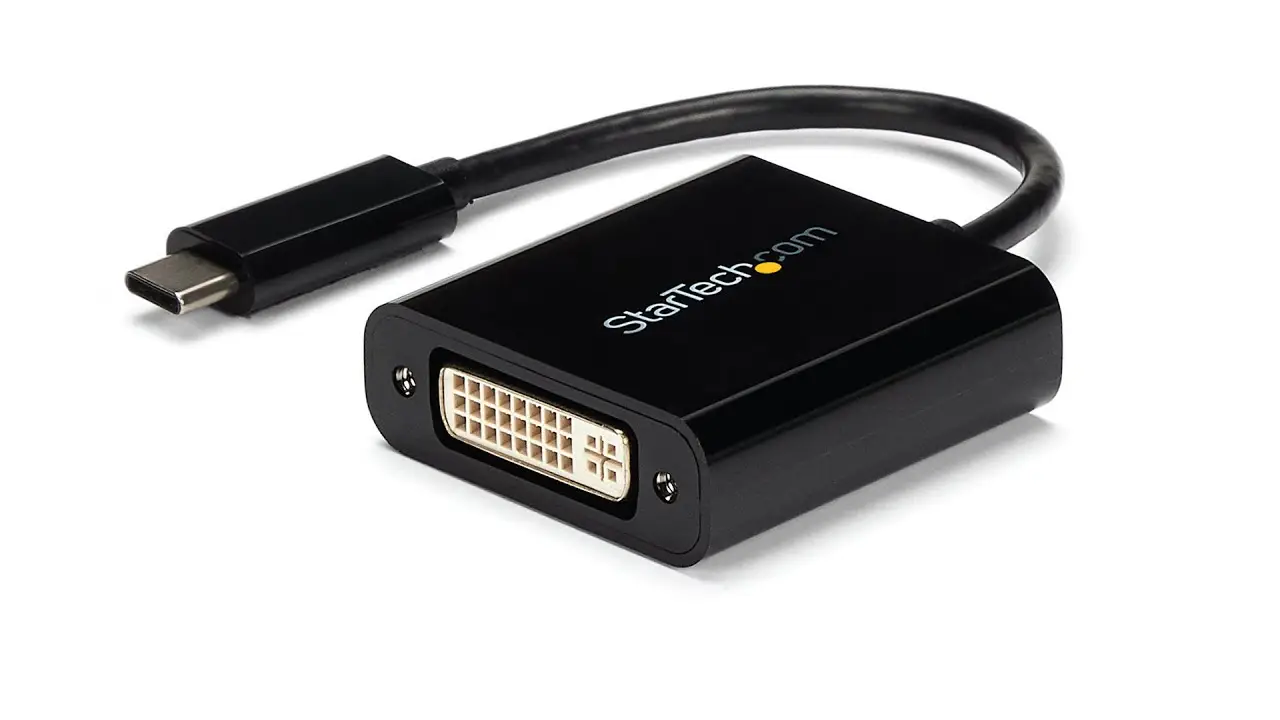How does a USB-C to DVI to USB adapter work?


USB-C to DVI to USB adapters are a popular choice for individuals who need to connect their USB-C enabled devices to DVI monitors or projectors. These adapters provide a seamless solution for users who want to extend their display or mirror their screen onto a larger monitor. In this article, we will explore how USB-C to DVI to USB adapters work, the technology behind them, and their compatibility with various electronic devices.
Understanding USB-C and DVI
Before delving into the functionality of USB-C to DVI to USB adapters, it is essential to understand the two technologies involved: USB-C and DVI.
USB-C: USB-C, also known as USB Type-C, is a versatile and universal connectivity standard that has gained popularity in recent years. It is a small, reversible connector that can transmit both power and data. USB-C ports can be found on a wide range of devices, including laptops, smartphones, tablets, and even some gaming consoles.
DVI: DVI, short for Digital Video Interface, is a video display interface that was widely used before the advent of HDMI. It is capable of transmitting high-quality digital video signals from a source device to a display device, such as a monitor or projector. DVI connectors come in different types, including DVI-D (digital only), DVI-A (analog only), and DVI-I (integrated digital and analog).
How USB-C to DVI to USB Adapters Work
USB-C to DVI to USB adapters act as a bridge between USB-C devices and DVI displays. They convert the USB-C signal into a DVI signal, allowing users to connect their USB-C enabled devices to DVI monitors or projectors.
Here is a step-by-step breakdown of how these adapters work:
1. USB-C to USB Conversion: The adapter first converts the USB-C signal into a USB signal. This conversion allows the adapter to communicate with the USB-C device and extract the video signal.
2. USB to DVI Conversion: Once the USB signal is obtained, the adapter then converts it into a DVI signal. This conversion is necessary to ensure compatibility with DVI displays.
3. Display Output: The DVI signal is then transmitted to the DVI display device, such as a monitor or projector. The display device interprets the DVI signal and renders it as a visual output on the screen.
4. USB Connectivity: In addition to video transmission, USB-C to DVI to USB adapters often come with an additional USB port. This USB port allows users to connect other USB peripherals, such as keyboards, mice, or external storage devices, to their USB-C enabled devices.
Compatibility and Connectivity
USB-C to DVI to USB adapters are designed to be compatible with a wide range of electronic devices. They can be used with laptops, desktop computers, tablets, smartphones, and other devices that have a USB-C port. However, it is important to note that not all USB-C devices support video output through their USB-C ports. Users should check their device’s specifications to ensure compatibility.
These adapters are also compatible with various DVI displays, including DVI monitors and projectors. However, it is crucial to match the type of DVI connector on the display with the adapter’s DVI output. For example, if the display has a DVI-D connector, the adapter should also have a DVI-D output.
Benefits and Limitations
USB-C to DVI to USB adapters offer several benefits to users:
1. Extended Display: These adapters allow users to extend their display onto a larger monitor or projector, providing them with more screen real estate for multitasking or presentations.
2. Screen Mirroring: Users can also mirror their screen onto a DVI display, which is useful for sharing content with others or giving presentations.
3. USB Connectivity: The additional USB port on these adapters enables users to connect other USB peripherals, expanding the functionality of their USB-C enabled devices.
However, it is important to note that USB-C to DVI to USB adapters have some limitations:
1. Single Display: Most USB-C to DVI to USB adapters support a single display output. If users need to connect multiple displays, they may require additional adapters or alternative connectivity solutions.
2. Resolution Limitations: The maximum resolution supported by these adapters may vary depending on the specific model. Users should check the adapter’s specifications to ensure it meets their display requirements.
In Conclusion
USB-C to DVI to USB adapters provide a convenient solution for connecting USB-C enabled devices to DVI displays. By converting the USB-C signal into a DVI signal, these adapters enable users to extend their display or mirror their screen onto a larger monitor or projector. With their USB compatibility and additional USB port, these adapters offer enhanced connectivity options for various electronic devices. However, users should ensure compatibility and be aware of the limitations of these adapters before making a purchase.
Recent Posts
How do I create an engaging and informative online quiz or assessment?
Creating an engaging and informative online quiz or assessment can be a powerful tool for… Read More
What are the most effective methods for managing and reducing work-related stress in the hospitality industry?
Work-related stress is a common issue in the hospitality industry, where employees often face long… Read More
How can I improve my assertiveness and communication skills in a leadership position?
In a leadership position, assertiveness and effective communication skills are crucial for success. Being able… Read More
What are the key elements of a successful employee recognition and rewards program?
Employee recognition and rewards programs play a crucial role in motivating and engaging employees, as… Read More
How do I effectively manage and respond to customer feedback and reviews?
Customer feedback and online reviews play a crucial role in shaping a company's reputation and… Read More
What are the best strategies for effective time management as a stay-at-home parent?
Effective time management is crucial for stay-at-home parents who juggle multiple responsibilities on a daily… Read More